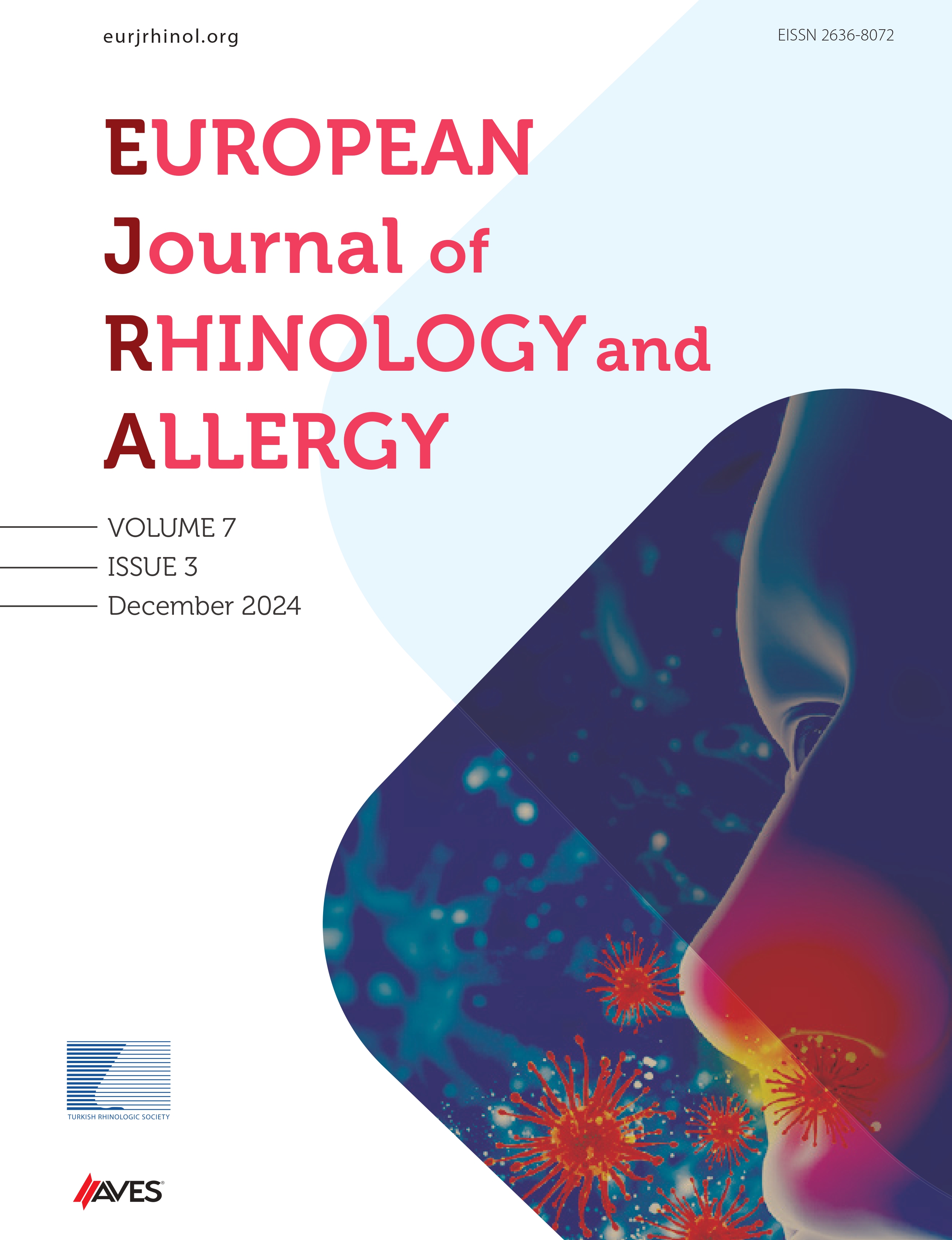Abstract
Objective: The antibacterial characteristics of the platelet products against various microorganisms have been emphasized. Here we evaluated the antibacterial effectiveness of platelet rich plasma (PRP), platelet poor plasma (PPP), platelet-concentrated plasma (PCP), and noncoagulating platelet-derived factor concentrate (PFC) on Moraxella catarrhalis and Staphylococcus aureus in in vitro conditions.
Material and Methods: Platelet rich plasma (PRP), PPP, PCP, and PFC were prepared. The standard strains of M. catarrhalis and S. aureus were mixed with the platelet solutions in vitro. Following incubation, the growing colonies were counted. This was repeated thrice.
Results: The efficacies of PRP and PPP were found to be present against both bacteria in all dilutions. While PCP was effective only in the 1:1 dilution. No effectiveness of PFC was identified in any of the dilutions.
Conclusion: The determination of significant antibacterial effects of PRP and PPP against S. aureus and M. catarrhalis indicate that they can be used in addition to the management of acute and chronic sinusitis.
Cite this article as: Eryılmaz A, Ertuğrul B, Basal Y, Bolaman Z, Ömürlü Kurt İ, Sakarya S. Antibacterial Effectiveness of Platelet Products (PRP, PPP, PCP, and PFC) on M. catarrhalis and S. aureus, a Causative Agent of Acute and Chronic Sinusitis, Respectively. Eur J Rhinol Allergy 2018; 1: 27-31.

.png)

.png)